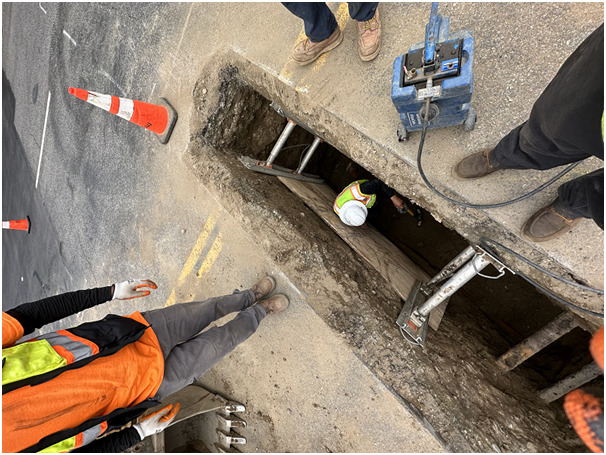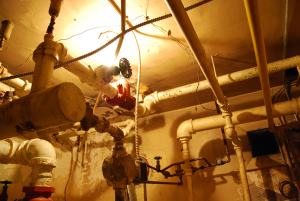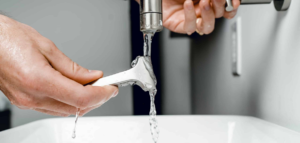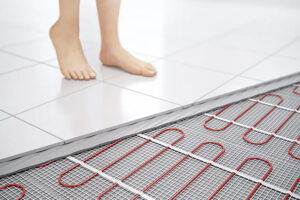When should you hire a Sewer Clean out Professional?

Sewer lines may be cunning. Most of the time, we don’t consider them unless there is a problem. It’s practically an emergency at that point. Things might grow worse if the system isn’t dripping, is leaking, or has a foul odor emanating from the drain.
However, the majority of these occurrences may be prevented by carrying out routine sewage line repairs. This guide about sewage clean out should be useful.
How to determine when to clean your sewer line
There are indicators that a drain or sewage pipe needs cleaning. These indications include:
- gradual drainage
- the drain is producing odors
- drains making gurgling noises
- often clogging
If the infrastructure is overburdened with waste and buildup, several of these problems may arise. In these situations, a sewage line cleaning may be required to restore things to a standard.
Cleaning your sewer line
There are a few methods for cleaning sewage lines, but for the majority of households, using a cleaning solution comprised of vinegar and baking soda is the safest choice. Stock up on each as you’ll need to use them in different parts of the house. For this technique, it is advised to use gloves and safety eyewear.
- The sink or toilet nearest to the location where the sewage system of the city meets the drainage system of the property should be used as a starting point. After stopping the water supply at the wall valve, flush out the toilet as much liquid as you can.
- One-fourth cup of vinegar should be added after half a cup of baking soda in the drain. Although plenty of foam will be produced, the baking soda’s roughness will wear down the oil as it travels through the system.
- 15 minutes should be given for the drain to settle before being flushed with boiling water for a couple of minutes.
- Repeat at the following nearby drain.
Starting at the nearest drain will stop grease from building up and causing a blockage in the system. Also, keep in mind that the roughness of this cleaning agent might eventually damage pipes, so it’s better to avoid using this technique.
An enzyme-based cleanser can also be run down the sewer line. Read the instructions on the packaging carefully because the application of each product varies. To allow the enzymes for breaking down garbage and grease while they drift down the pipes, householders often pour such cleaners through the drain and flush.
Guidelines for Maintaining Your Sewer Line
Here are some quick ideas to keep the sewer line tidy:
- Grease should be disposed of, not flushed down the sink.
- Once every week, pour hot water down the shower and washbasin drains.
- Pour boiling water and dish soap down each drain.
- To clean drain pipes, use vinegar and baking soda.
- Pour a teaspoon of salt and a quarter cup of white vinegar down a drain. Once an hour has passed, flush with boiling water.
To sum up
A DIYer may frequently take care of their sewage line cleanup. They only need a little perseverance and knowledge to get it done. But in cases when a heavy-duty snake might be necessary, it’s advisable to contact a plumber or sewage line repair expert. However, if you maintain your drain lines regularly, you may prevent both of these situations from occurring.








